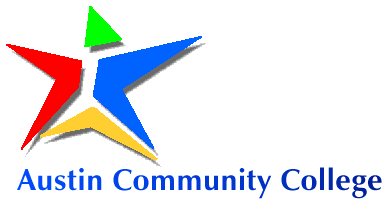
|
|
Technology-based Tipers Project Description |
![]()
This project produced a series of Tasks Inspired by Physics Education Research (TIPERs) for the Conceptual Physics II course that I taught in the Spring 2007 semester at ACC. I tried to incorporate at least one technology based TIPER activity into the course on a daily basis. Consequently the project produced about 25 TIPERs. Conceptual Physics II covers topics in electricity, magnetism, light, optics, modern physics, nuclear physics, and relativity and the TIPERs cover that range of topics.
A variety of different types of TIPERs including "what, if
anything is wrong tasks", "contending student tasks", "ranking
tasks", and "predict and explain tasks" were employed.
The TIPERs made use of technology in two ways. First the delivery
was through the use of a student response system (clickers). Clicker questions
are mainly administered in a multiple choice format. Some TIPERs easily adapt
to a multiple choice format such as contending student tasks while adapting
others such as ranking tasks prove a real challenge.
In spite of the challenge, there are significant advantages to delivering the
TIPERs via clickers. Clickers can provide immediate feedback to students on
their answers and consequently students are more engaged by the activity. The
anonymity provided by clickers makes students feel safe to answer questions,
even if they don't have high confidence in their answers. Consequently student
participation is higher with clickers, even in a small class. Additionally the
answers provided by students were electronically recorded and can be reviewed
later for either research purposes or to modify and improve the activities. Originally these activities were developed using TurningPoint as the clicker system. I have subsequently shifted to iClicker and many of the curriculum pages now include PowerPoint files for both TurningPoint and iClicker. Eventually all will.
The second way the TIPERs made use of technology was that they were based around
Physics Simulations. I drew on three sources for the simulations. The Physics
Eduacation Technology website at the University of Colorado turned out to be
an great source. I also heavily drew on simulaitons from Physlets. Also I found
the visual Quantum Mechanics Website helpful for simulations on emission and
line spectra.
.
![]()
| Home | Course Information | Class Schedule and Office Hours |
Contact Paul Williams: pwill@austincc.edu
Copyright 1999, 2000, 2001, 2005 - 2009 by Paul Williams
Last Updated: August 21, 2009